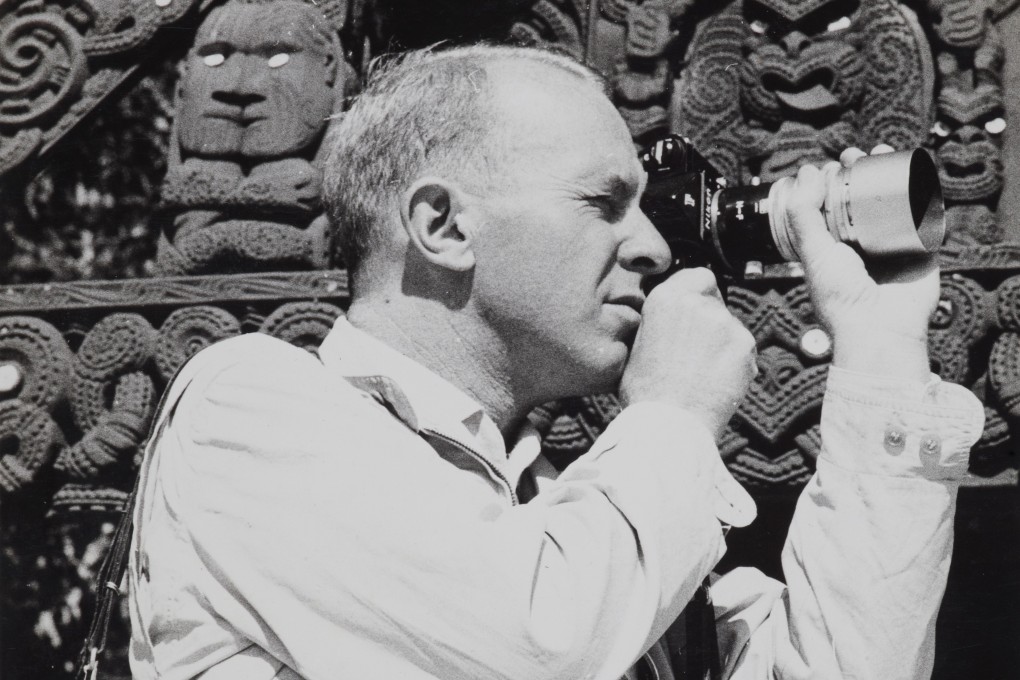Then & Now | Remembering Brian Brake, photographer who captured 1950s China and monsoons in India
- The Hong Kong-based New Zealander shot images of Peking between the Great Leap Forward and the Cultural Revolution
- He got candid photos of Mao Zedong, but it was his series on India’s monsoon that became his best-known work

Talented photographers, like imaginative writers, tend to pass through Hong Kong. Initial enthusiasm for the city fades and they move on to fresher, more expansive locations. When creative types from further afield do perch here for a while, it is usually because Hong Kong provides a convenient regional base for work sourced and undertaken elsewhere. And so it was for Brian Brake, the New Zealand photographer who lived in Hong Kong, on and off, from the late 1950s to the mid-70s.
Brake first came to Hong Kong on an overland Asian journey with his then-partner, former Royal Navy dentist Nigel Cameron. Several of his photographs appear in To The East A Phoenix (1960), Cameron’s sprawling account of their journey from England.
In 1957 and 59, the couple collaborated on a magnificent photographic survey of Peking. Through a chance meeting with Premier Zhou Enlai, they achieved extraordinary access to places, events and individuals – Mao Zedong appears in several candid shots – and caught the city between the upheavals of the Great Leap Forward and the Cultural Revolution in Peking: A Tale of Three Cities (1965).
When their relationship ended, Cameron remained in Hong Kong, where he became an often-trenchant art critic for the South China Morning Post from 1972 to 94, mentored painters, wrote company histories, and finally died in 2017, aged 96.

Brake was born in New Zealand in 1927 and left for London in 1954. The limited horizons and parochial attitudes then widespread in Australia and New Zealand saw many creative antipodeans of Brake’s generation seek freedom and inspiration overseas. In 1955, he met French photojournalist Henri Cartier-Bresson, who invited him to join his Magnum agency; where he remained until 1967.
